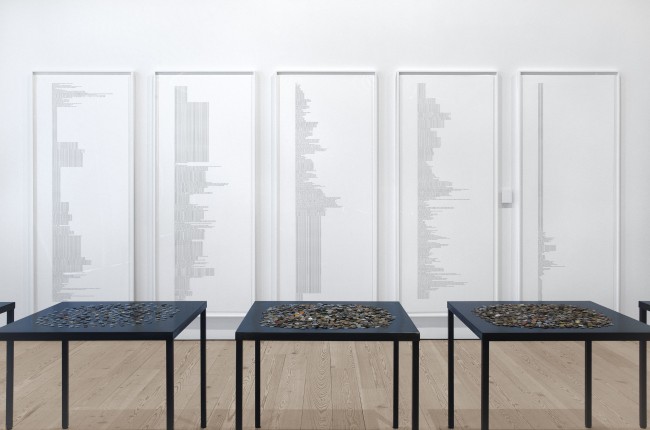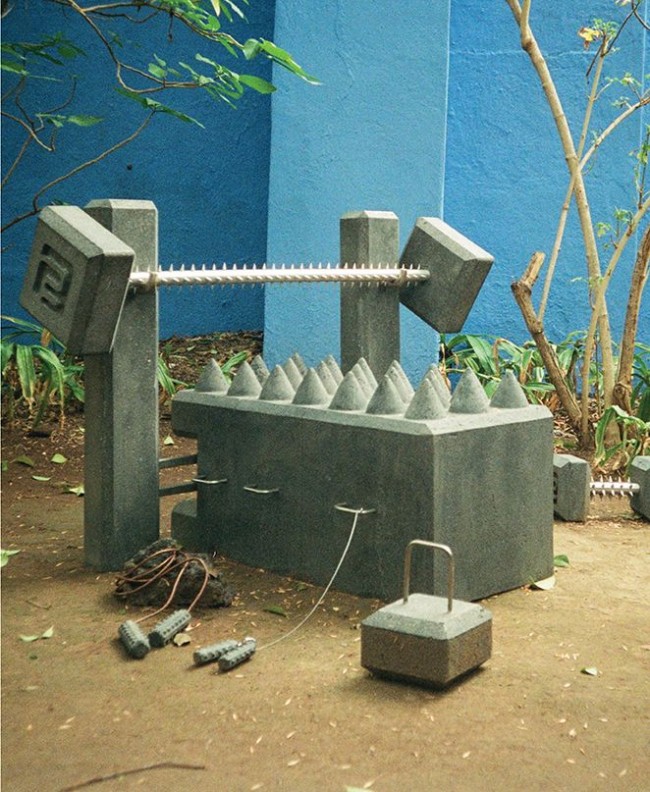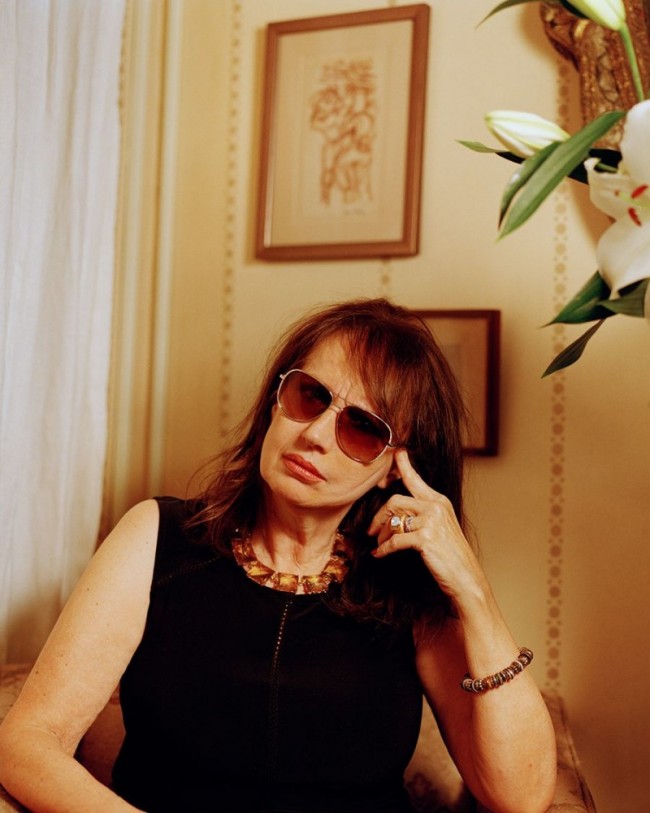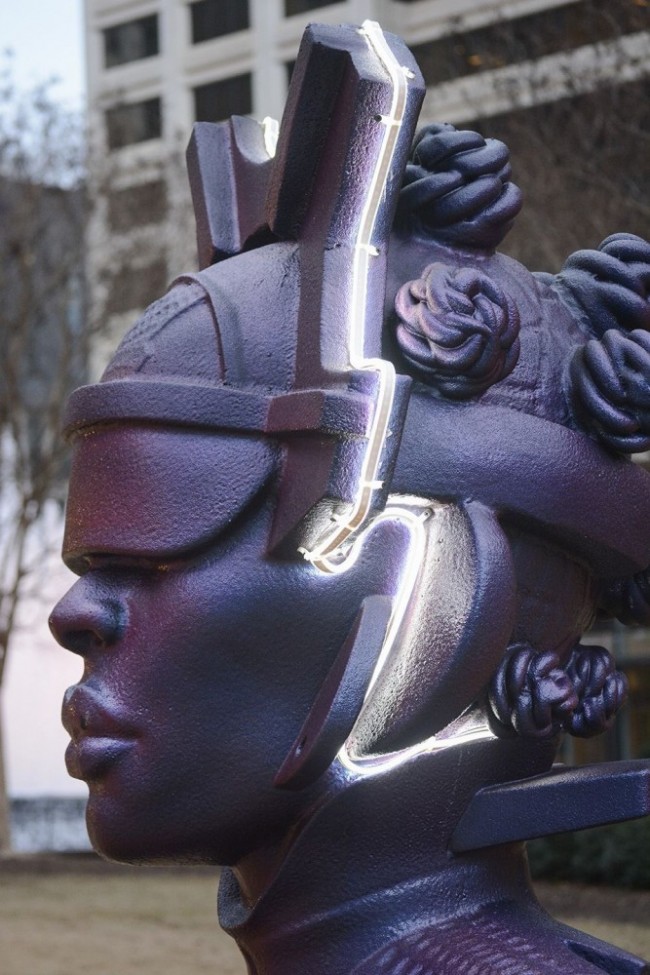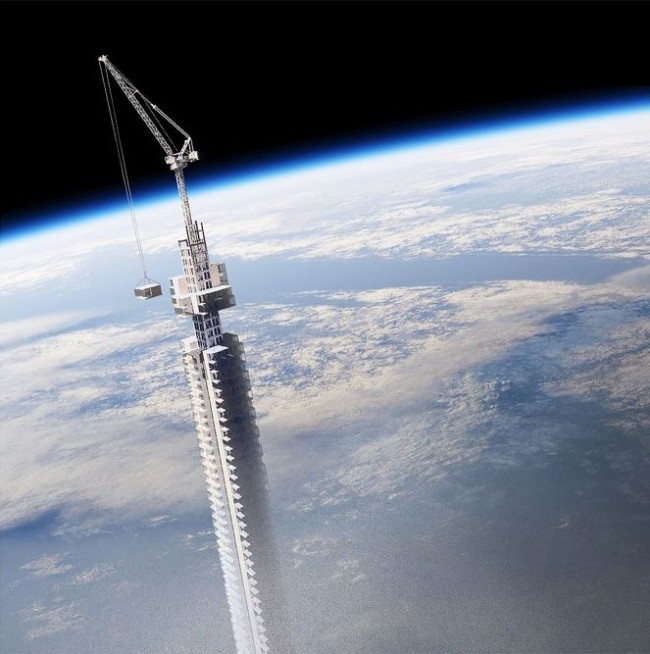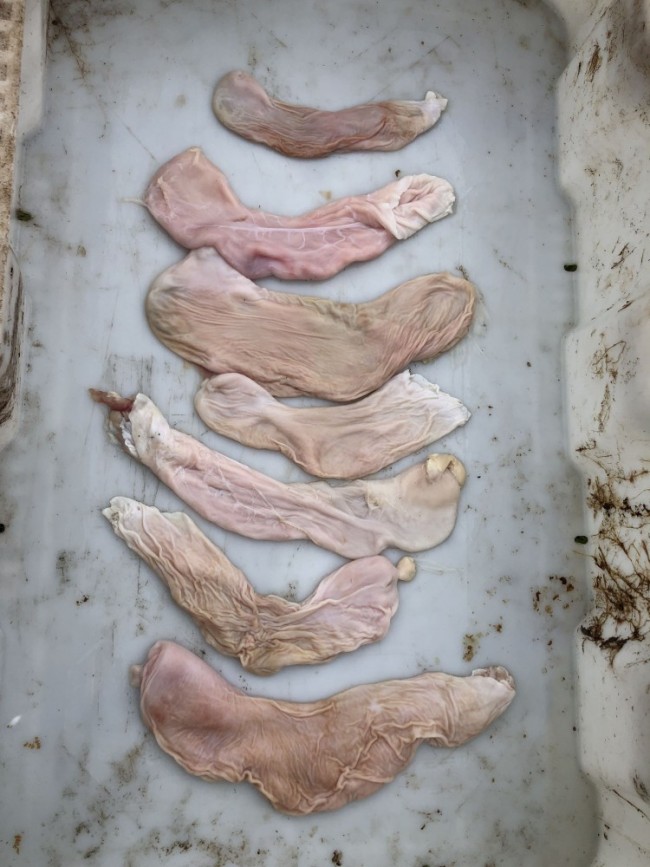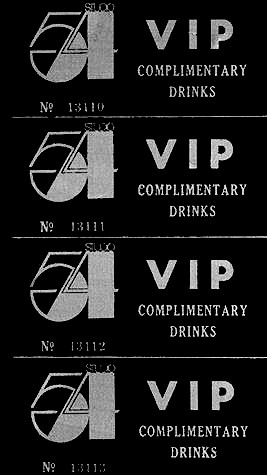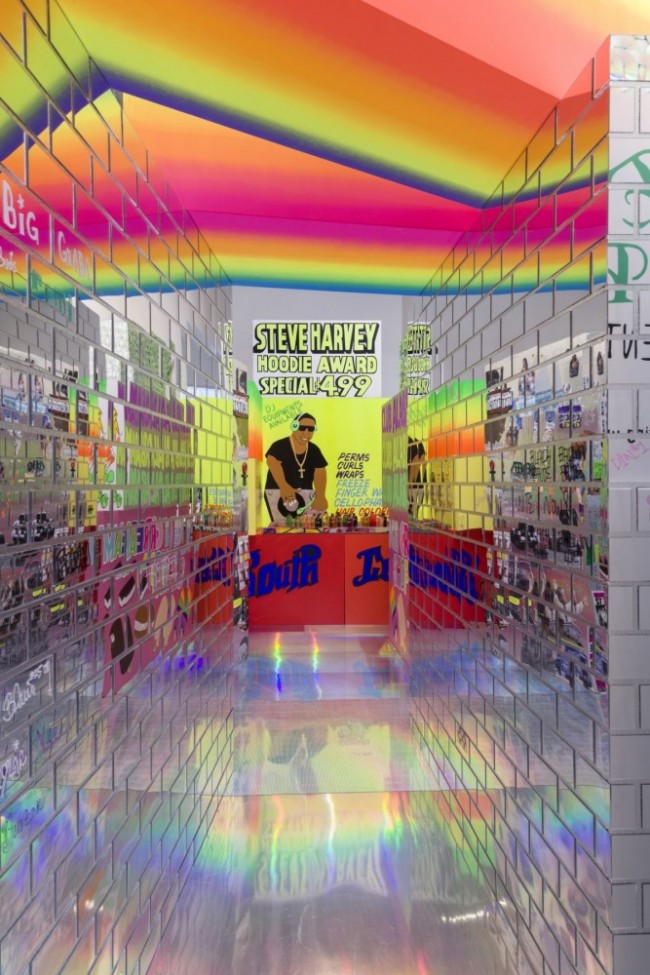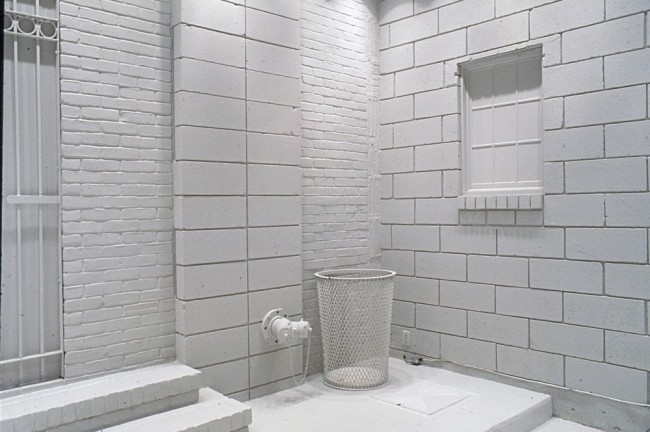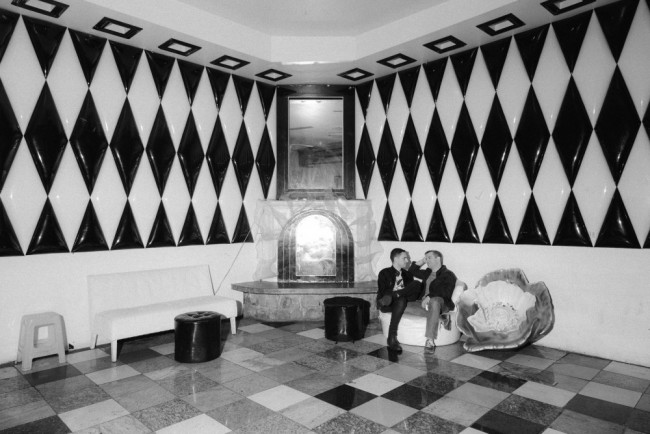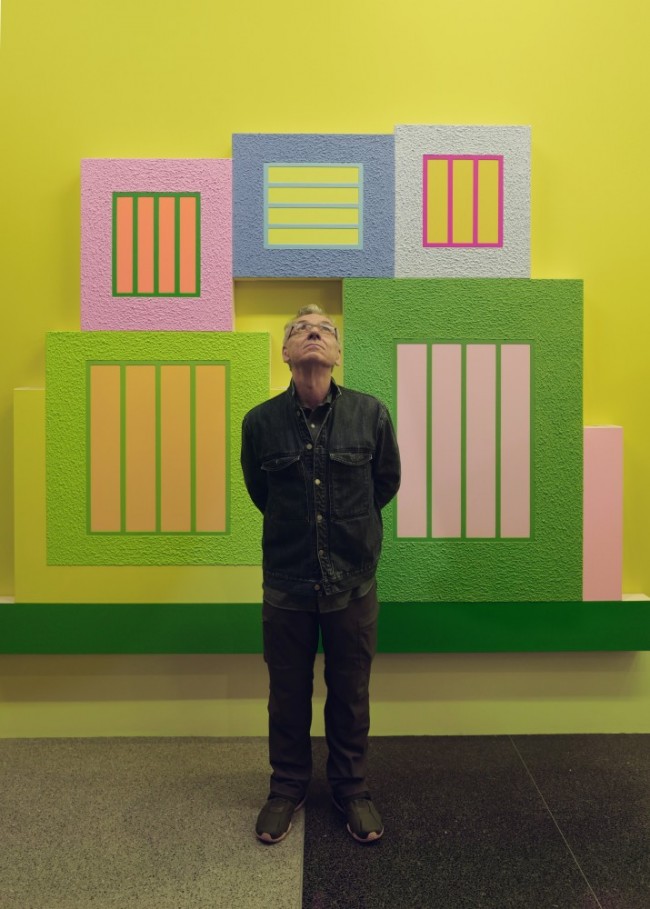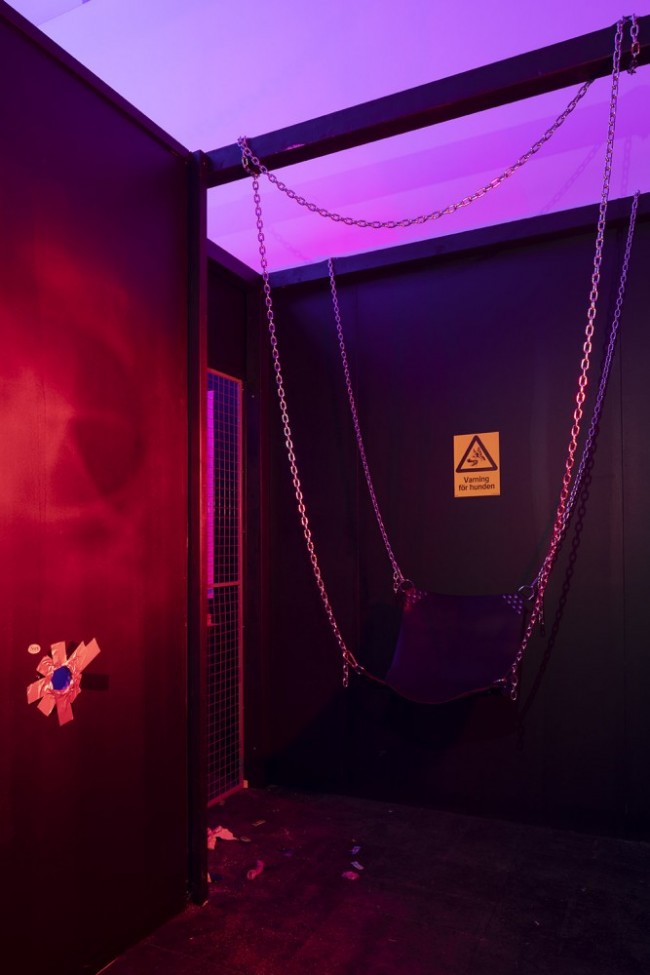TRADE CENTER: A Documentary About 9/11 and the End of Gay Cruising in Downtown New York
Since the Home Insurance Building was erected in Chicago in 1885, the skyscraper has always captured the public’s imagination as a proxy for phallic, patriarchal power, but the meaning of this spectacular architectural achievement shifted dramatically when a twin tower was added; two identical erect phalluses towering over Manhattan together told quite a different tale. In 1973, architects Emery Roth and Minoru Yamasaki unveiled their unintentionally subversive design with the opening of the World Trade Center. Their creation is possibly the most underrecognized queer architectural icon of all time. While the straight world may have not have appreciated the irony of their gesture, the unique design summoned gay men from every social sphere to use the famed location for seeking public sexual pleasure. From its opening until its tragic demise, the two towers with its many bathrooms became a popular cruising destination for businessmen and working-class men alike.

Still from Adam Baran, Trade Center (2021): 8:36 min. Courtesy of the artist.
This year, the 20th anniversary of 9/11 brought with it a competition among media outlets to produce the most original take on the day that the horrific destruction of the double phalluses forever changed our world. Seventeen new documentaries on the subject were released in 2021, many produced by major networks, including Paramount, the Discovery Channel, the History Channel (who made four), and Spike Lee’s four-part series for HBO Max, to name but a few. The topic was so well covered you might assume that no aspect of this history could have been left unexplored; however, not one of the big-budget mainstream interpretations touched on the gay subcultural phenomenon happening in the towers. Enter director Adam Baran’s Trade Center, a short film that made the festival rounds last summer and is now available on Vimeo.
Trade Center strings together five men’s memories of their thrilling sexual experiences in the building, spanning the 70s until the days the towers fell. Their accounts suggest they successfully co-opted the building: “Nobody was worried at all about being busted, that gave us a sense that it was our space… Pretty much any time of day you went, there was something going on.” Memorializing this little known and nearly forgotten aspect of the famous complex, the subjects’ accounts of public sex at the former World Trade Center are juxtaposed with footage of what was built in its place, the 9/11 Tribute Museum, the Memorial Pools, and Santiago Calatrava’s white-walled futuristic church of capitalism, the Oculus. The contrast between the raw honest stories set in the first buildings and images of the new spaces evokes a sense of the all-encompassing gentrification that the entire city has endured over the past 20 years.

Still from Adam Baran, Trade Center (2021): 8:36 min. Courtesy of the artist.
Baran dedicates his short film to writer Samuel Delany, whose landmark essay Time Square Red, Time Square Blue (1999) articulated then Mayor Rudy Giuliani’s systematic destruction of gay life in Time Square. Delany may be the first contemporary thinker to substantially unpack the societal value of cruising. Using the word “contact” to describe his encounters and the subsequent bonds made, he makes the case that these experiences were crucial to his personal development as well as a productive aspect of vibrant metropolitan life, encouraging meaningful interactions across both class and race. Delany’s text directly drew on Jane Jacobs’s ground-breaking book The Death and Life of Great American Cities (1961) which went to great lengths to define a new healthy urbanism as community-based. Delany’s essay expanded Jacobs’s thesis to include the public sexual spaces of gay men. With his dedication, Baran locates his film in this discourse on urban public space and gentrification.
Like all the other 9/11 documentaries, Trade Center examines what was lost that fateful day when the towers fell, but Baran’s conclusion is very different from the others. Beyond the many obvious tragedies, he points out how 9/11 was used to further the policing of public space, which led to the definitive end of the heyday of New York City cruising. As one of his anonymous narrators explains, “Giuliani’s (pre-September 11) crackdown on public cruising was intense… so I’m sure 9/11 totally killed anything happening anywhere in the city. The World Trade Center was the literal and metaphorical end to all of that stuff… within weeks of that event the whole world started changing very rapidly.”
Text by Michael Bullock.
Film stills from Adam Baran’s Trade Center (2021).

